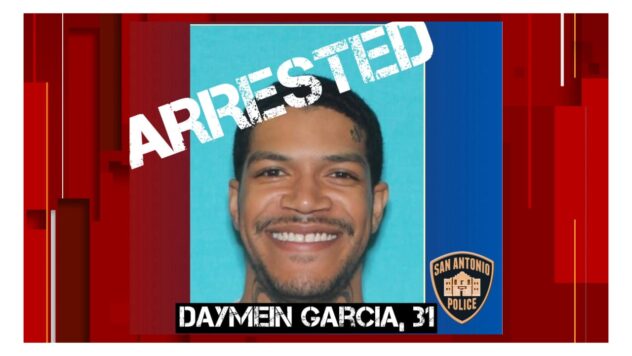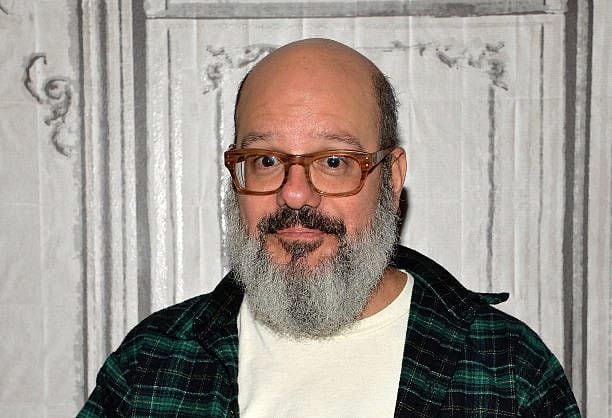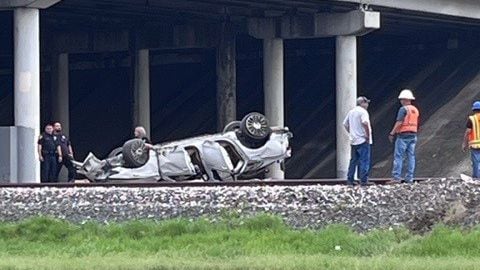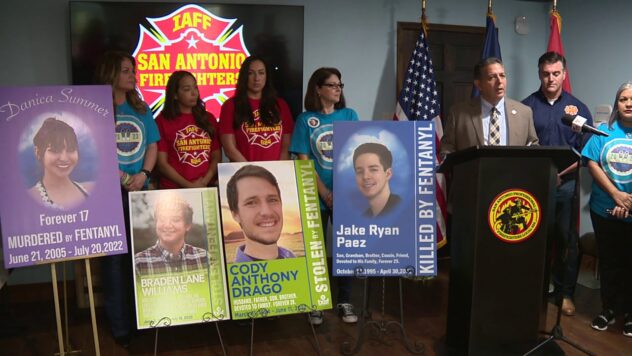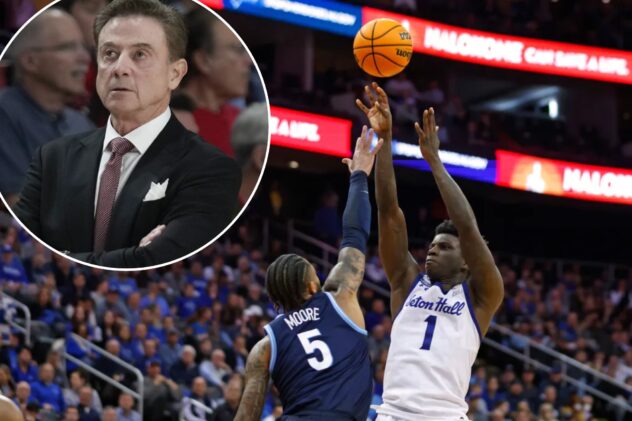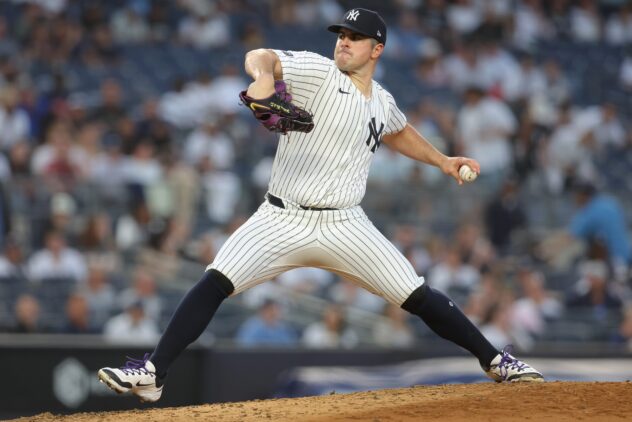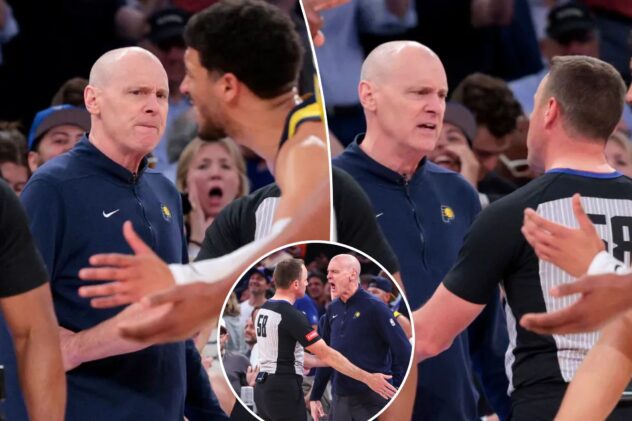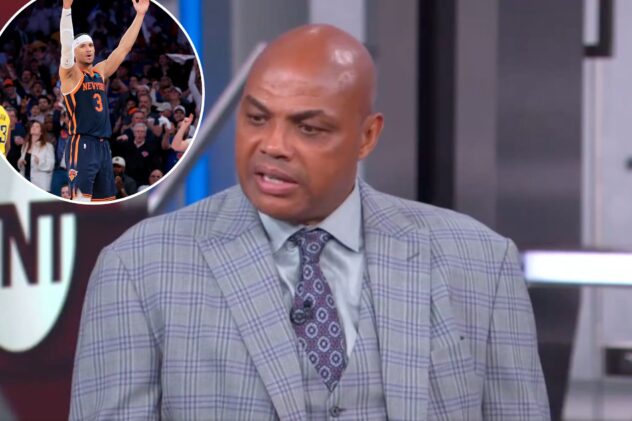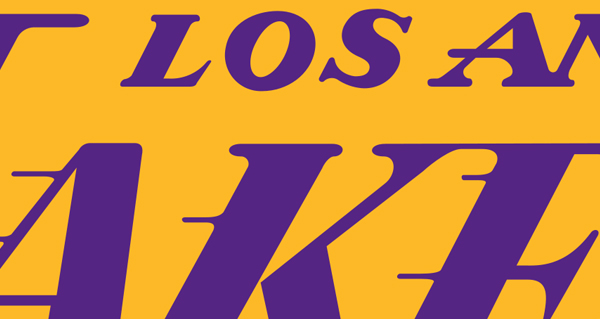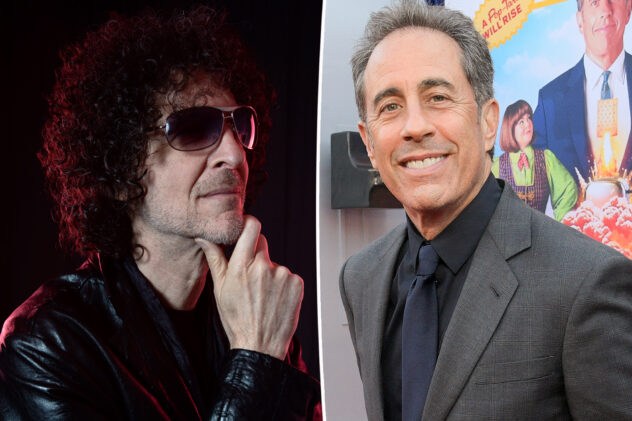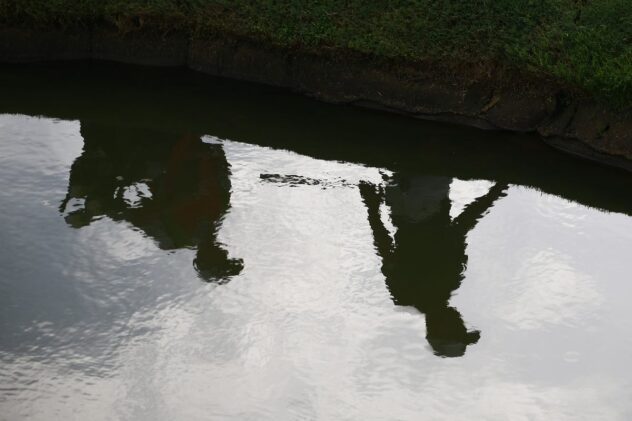Trail to connect two Converse lakes to proceed

An effort to build a trail that connects two Converse lakes has taken a slight detour but is finally ready to proceed.
The Greenway Trail, a three-mile-long walkway that will connect Converse Park Lake with Converse North Park City Lake, will proceed despite a change in how the trail will cross two roadways.
The City Council on March 3 unanimously approved a motion to award a contract to Clearfield Construction in the amount of $1,463,614 for services related to the construction of the trail — minus a pedestrian bridge over a state roadway that had been part of the original plan.
The cost of the proposed bridge over FM 1976 approached $600,000 and “would have blown the city’s budget for the project,” according to Manny Longoria, the city’s assistant city manager.
Instead, the city and Clearfield Construction will take a contract to the Texas Department of Transportation that includes a traffic signal at the Gibb-Sprawl Road and FM 1976 intersection. The contract includes elevated and well-marked pedestrian crossings across Gibb-Sprawl and then at FM 1976.
“The original plan was to build the trail from Converse City Park up to Gibbs-Sprawl Road, put a pedestrian bridge over the road (FM 1976) and then connect back to North Park,” Longoria said. “When we first went out (to bid) in July, we received no bids at all. We went back out for bids in September and we received three bids,” he said, “but the pedestrian bridge came in about $600,000 and that was more than we could afford in our budget.”
Once the Greenway Trail leaves the Converse City Park area, it will pass under the Union Pacific railway bridge and turn right to cross Gibbs-Sprawl, before crossing FM 1976 at the traffic light.
The trail cannot cross FM 1976 parallel to Gibbs-Sprawl because of deep drainage culverts along the north side of 1976. So the trail will cut right, across Gibb-Sprawl, then allow trail users to activate the signal for an all-directional stoppage of traffic.
“The safest thing to do is what we had planned to do (with the pedestrian bridge), but we just can’t afford it. But this is the second safest choice,” Longoria said. “The more difficult crossing is the FM 1976 crossing, which is going to be lighted to where (traffic) stops when the cyclists, walkers and joggers punch the cross signal.”
The Metropolitan Planning Organization (MPO) grant is $1,092,000. The city will make its “match” with $371,000 remaining from its 2015 park bond.
Council was more than ready to proceed with the project, although at least two council members wanted to be able to see the contract before its final submission to TxDOT.
“This project has been lagging for four-plus years and the citizens have gotten tired of asking,” Mayor Al Suarez said.
Longoria said MPO officials agreed that the street-grade crossing would work and is the city’s best option without funds for a pedestrian bridge.
Councilwoman Nancy Droneburg said she thought the amount of traffic at the intersection has always warranted a stop light, especially when trains block the Toepperwein Road crossing.
“I have always thought there should be a stop light there anyway, especially with school buses coming underneath that (Union Pacific railway) bridge,” Droneburg said.
Longoria said the traffic light will actually save about $4,000 from the total costs, but allow for contingency costs.
“We’re ready to go. And with favorable action (from the council), we have a meeting scheduled with (TxDOT),” Longoria said. “If they approve, then we would work with Clearfield and address the changes as change orders within the contract.”
He said they would have to wait “for a quick ‘warranted’ study,” to see whether the light is warranted with the amount of traffic passing through at the point of the pedestrian crossing, before construction gets under way.

